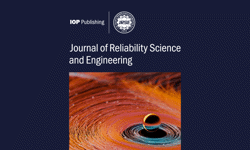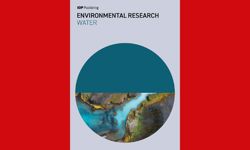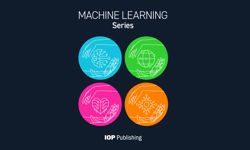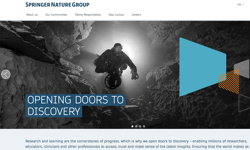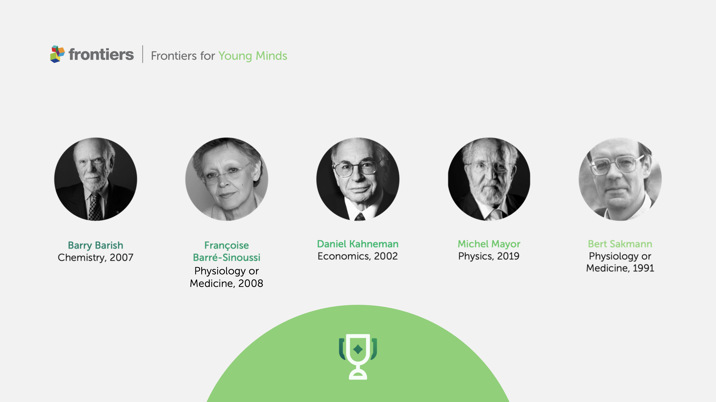
Last year in September, the first Nobel Collection, featuring articles written by Nobel Laureates, was launched by Frontiers for Young Minds (FYM), a free open access kids' science journal.
The Collection has been a huge success, says Frontiers, having been viewed over half a million times online.
Yesterday marked the release of the second Nobel Collection articles, connecting curious minds of all ages to exceptionally high-calibre scientists and offering exciting insights into the world of real science. As for all FYM publications, each of the five articles has been written for young people aged 8 to 15 and has been reviewed by kids themselves to ensure they are understandable, fun, and engaging, says Frontiers.
Freely available to people everywhere, the 2022 Nobel Collection aims to ignite interest in various fields, and is comprised of the following contributions:
- Gravitational Waves – a new window on the Universe, written by Barry C. Barish, awarded The Nobel Prize in Physics in 2017. Did you know that the phenomenon of gravitational waves was predicted by Einstein's theory of General Relativity? In this article, everyone can discover how the gravitational waves were eventually detected, how this proved Einstein's theory, and what this means for what we can learn about the universe from black holes and star collisions.
- AIDS: facts, fiction, and future, written by Françoise Barré-Sinoussi, awarded The Nobel Prize in Physiology or Medicine in 2008. Did you know that since the first cases of AIDS were reported in the 1980s, now almost 80 million have been infected with HIV and 45% have died? In this article, readers find out how HIV works in stages to become AIDS, how it was identified, and why we must break social stigmas around HIV/AIDS if we are to create an AIDS-free world generation.
- Human riddles in behavioural economics, written by Daniel Kahneman, awarded The Nobel Prize in Economic Sciences in 2022. Did you know that humans focus on changes in their financial state (gains and losses) not their overall wealth when gambling, and that they care more about losing than winning? In this article, dive into the fascinating theory which unified and explained human decision-making in uncertain situations, and how this contributed to the field of behavioural economics in financial situations.
- Distant planets and big promises: how to detect exoplanets and whether they have life, written by Michel Mayor, awarded The Nobel Prize in Physics in 2019. Did you know that the probability of life on other planets is actually quite high? In this article, young readers will be fascinated by how experts search for planets outside our solar system, how the first measured exoplanet orbiting a sun-like star was discovered, and what it will take to discover life on other planets in the future.
- Sparks in the brain: the story of ion channels and nerve cells, written by Bert Sakmann, The Nobel Prize in Physiology or Medicine in 1991. Did you know that all cells in your body are both individual units, with their own functions, and part of a whole multicellular organism, such as the brain or heart, which must work in a coordinated way? In this article, it is revealed how cells communicate using a chemical messenger substance, how the electrical ions which enter and exit cells overcome the membrane barrier, and what this means for understanding many important functions in our bodies.
The series of Nobel Laureate contributions will continue, say the publishers, into next year and beyond to grow this valuable educational resource in order to motivate young people and encourage analytical thought and imagination at the same time.
Commenting on the Collection release, Laura Henderson, head of public outreach program at Frontiers, said: “Nobel Prize winners are great inspirations for our young audience – not only in sharing their amazing discoveries and their pathways through science, but in giving kids the revelation that even the best in their fields aren’t all-knowing - as scientists they learn with each discovery. We’re thrilled to connect young minds with some of today’s most distinguished scientists, and we are immensely grateful to the Laureates for providing superb learning material which is now available to anyone around the world.”
Keep up-to-date with publishing news: sign up here for InPubWeekly, our free weekly e-newsletter.





